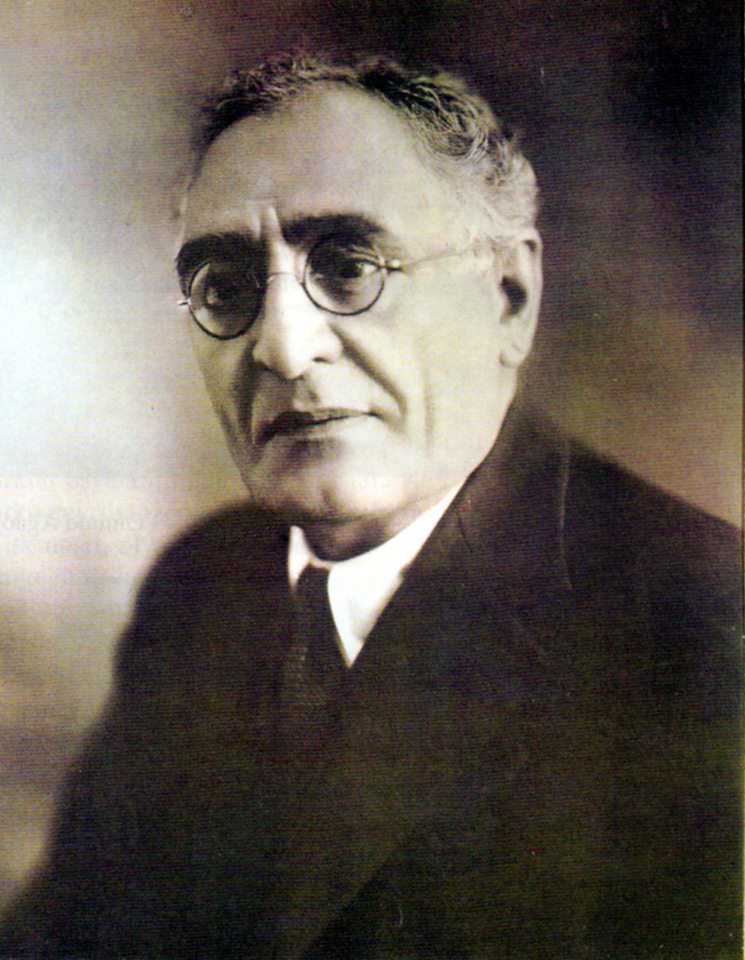Famous people of Shusha
The people of Shusha made it the pearl of the Caucasus, the cradle of our culture, the mugham-singing heart of Azerbaijan
Famous people of Shusha
Ahmad Ağaoğlu

Ahmad bey Mirza Hasan oghlu Agayev, also known as Ahmad Ağaoğlu was a prominent public figure and politician, Azerbaijani and Turkish publicist and journalist. He was recognized as one of the founders of pan-Turkism movement. Ahmad bey Agayev was a descendant of Karabakh khan Panahali khan.
Ahmad bey was born in 1869 in the town of Shusha, Azerbaijan. In 1888, he arrived in Paris and came under the influence of French Orientalists like Ernest Renan and Professor James Darmesteter on Persiano-centricism. He was a well-educated person of his time, who had graduated from the Universities in Saint Petersburg and the Sorbonne University in Paris. He was also a famous journalist, who spoke fluently in five languages and therefore, wrote articles on current affairs for many popular newspapers in the country and abroad. He returned to the Caucasus in 1894. In 1896 he went to Shusha and taught French at school.
Ahmad bey Agayev considered the cultural and educational progress to be the major provision for the national liberation. He viewed the emancipation of women as part of this struggle. Thus, Agayev was the first member of the Azerbaijan national intelligentsia to raise his voice for the equal rights for women. In his book “Woman in the Islamic World” published in 1901, he claimed that “without women liberated, there can be no national progress”.
Along with Nasib-bey Yusifbeyli, Agayev became a founder of “Difai” (Defender) National Committee in Ganja, which in 1917 merged with the Turkic Party of Federalists and Musavat into a single party. Fleeing police persecution and possible imprisonment, in late 1908, during the Young Turk revolution in the Ottoman Empire, Agayev moved to Istanbul. Along with other émigrés from the Russian Empire, like the pan-Turkist writers Yusuf Akçura and Ali bey Huseynzade, he became a key figure in the Turkish movement led by Akçura’s journal Türk Yurdu (“Turkish Homeland”) and in the Türk Ocağı (“Turkish Hearth”) movement, becoming its president. With increasing influence in the CUP (The Committee of Union and Progress) regime, in late 1915, he became a deputy advocating the Ottoman expansion policies to unite all Turkic nations.
Upon the establishment of Azerbaijan Democratic Republic (ADR) in May 1918, Agayev returned to Azerbaijan. He took up Azerbaijani citizenship, was elected to the Parliament (Milli Mejlis) and was chosen to represent ADR at the Paris Peace Conference in 1919. This mission was not carried out, however, due to his imprisonment by the British in 1919.
After the Soviet take over, Agayev had to leave the country. He moved to Ankara, Turkey and continued his journalistic and political activities there, working as the director of the press bureau, the editor-in-chief of the official newspaper Hâkimiyet-i Milliye (“National Sovereignty”), and as a close adviser of Atatürk, the founder of the modern Turkish Republic.
Ahmad bey Agayev died in 1939 in Istanbul, Turkey.

